








In today’s world, dining has evolved beyond mere sustenance. It’s an immersive experience that involves all the senses. Restaurants play a crucial role in shaping this experience, transforming dining establishments into visually stunning and functional spaces.
Along with creating visually appealing and comfortable spaces, ensuring the security and safety of diners, staff, and the premises is equally important. All necessary permissions and licenses must be kept up to date regularly. Fire extinguishers, fire alarms, smoke detectors, and CCTV surveillance cameras should be strategically installed with guidance from the right consultants, ensuring they do not compromise the aesthetic appeal of the premises.
Gone are the days of utilitarian restaurants solely focused on serving food. Modern design incorporates elements of branding, storytelling, and psychology to create unique, Instagram-worthy environments. Open floor plans, sustainable materials, and innovative lighting are just a few of the key elements that define contemporary restaurant design..
Modern restaurant interiors often feature open floor plans to create a welcoming and interactive atmosphere. Many spaces now embrace open kitchen restaurant design, where transparency builds trust and gives diners the joy of watching dishes being crafted in real time. This design choice fosters a sense of community and allows diners to witness the culinary artistry firsthand.
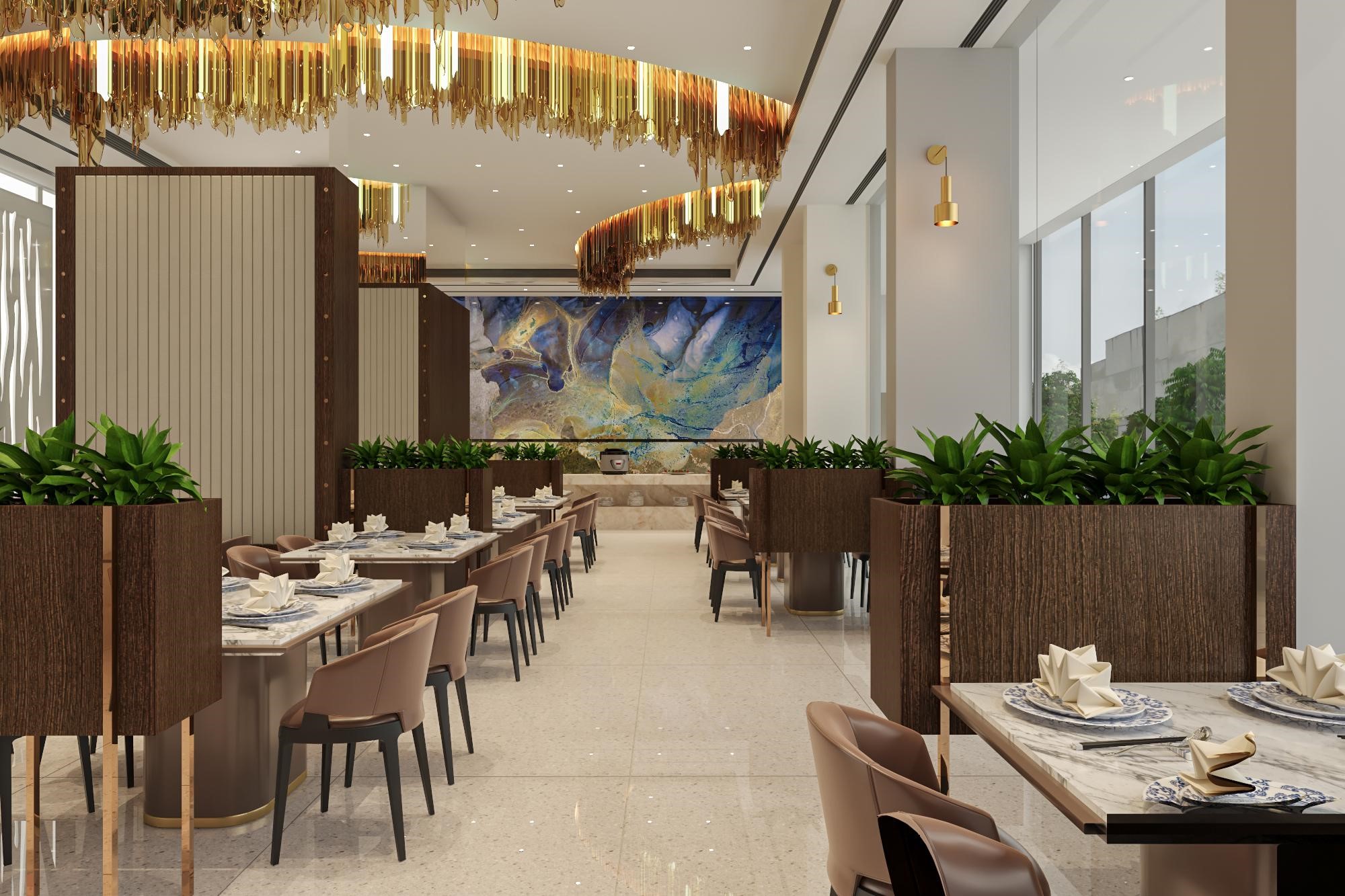
Environmental consciousness is on the rise, and restaurants are responding by incorporating sustainable practices into their design. These approaches reflect broader restaurant interior design trends, appealing to environmentally conscious customers while positioning the restaurant as socially responsible.
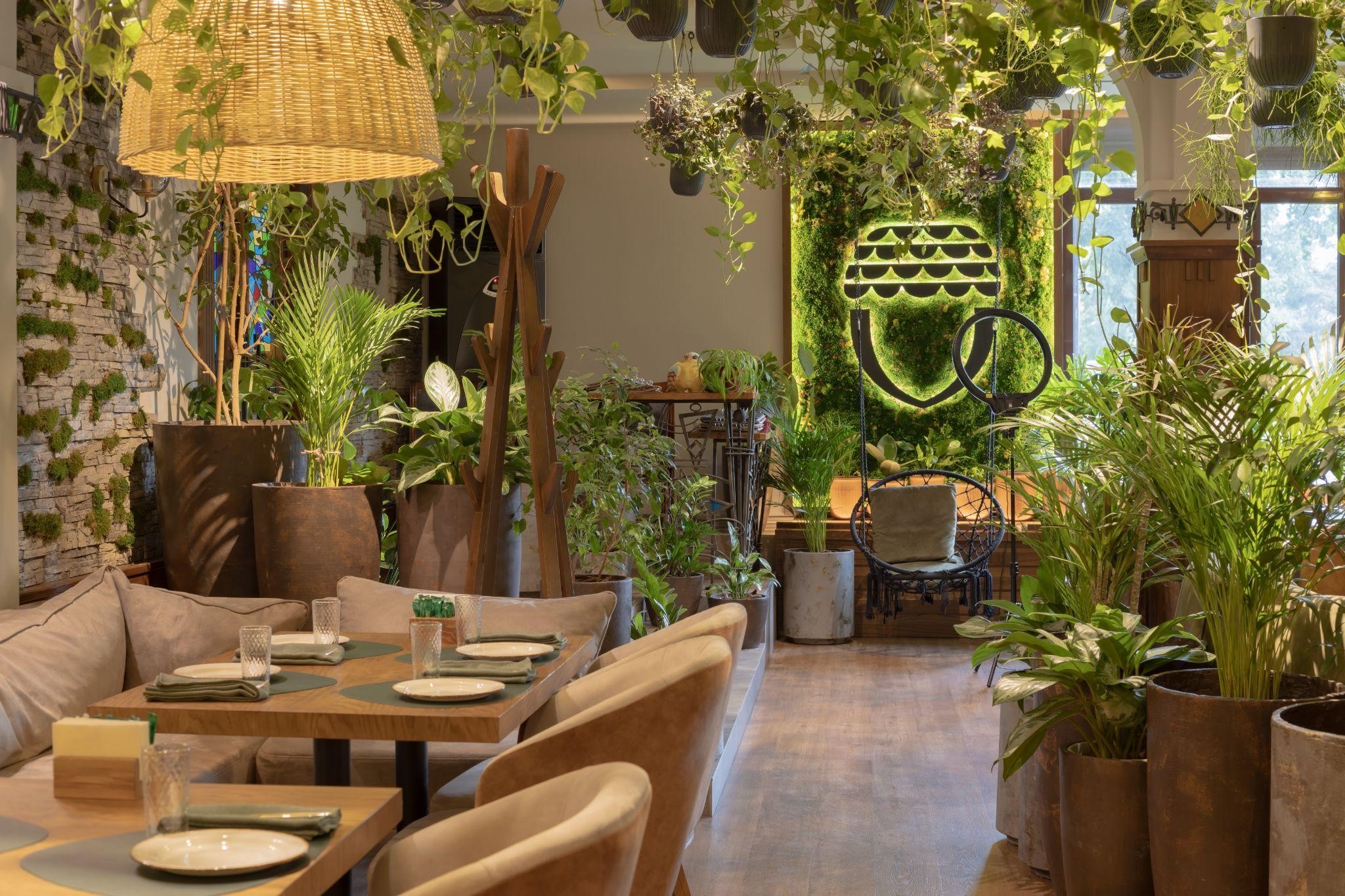
Strategic lighting plays a crucial role in creating the desired ambiance in a restaurant. Warm lighting can evoke a cozy and inviting atmosphere, while natural light can enhance the dining experience. Accent lighting can be used to highlight specific features or artwork. Many successful restaurant design ideas integrate lighting with décor, ensuring that ambience supports both the cuisine and the restaurant’s identity.
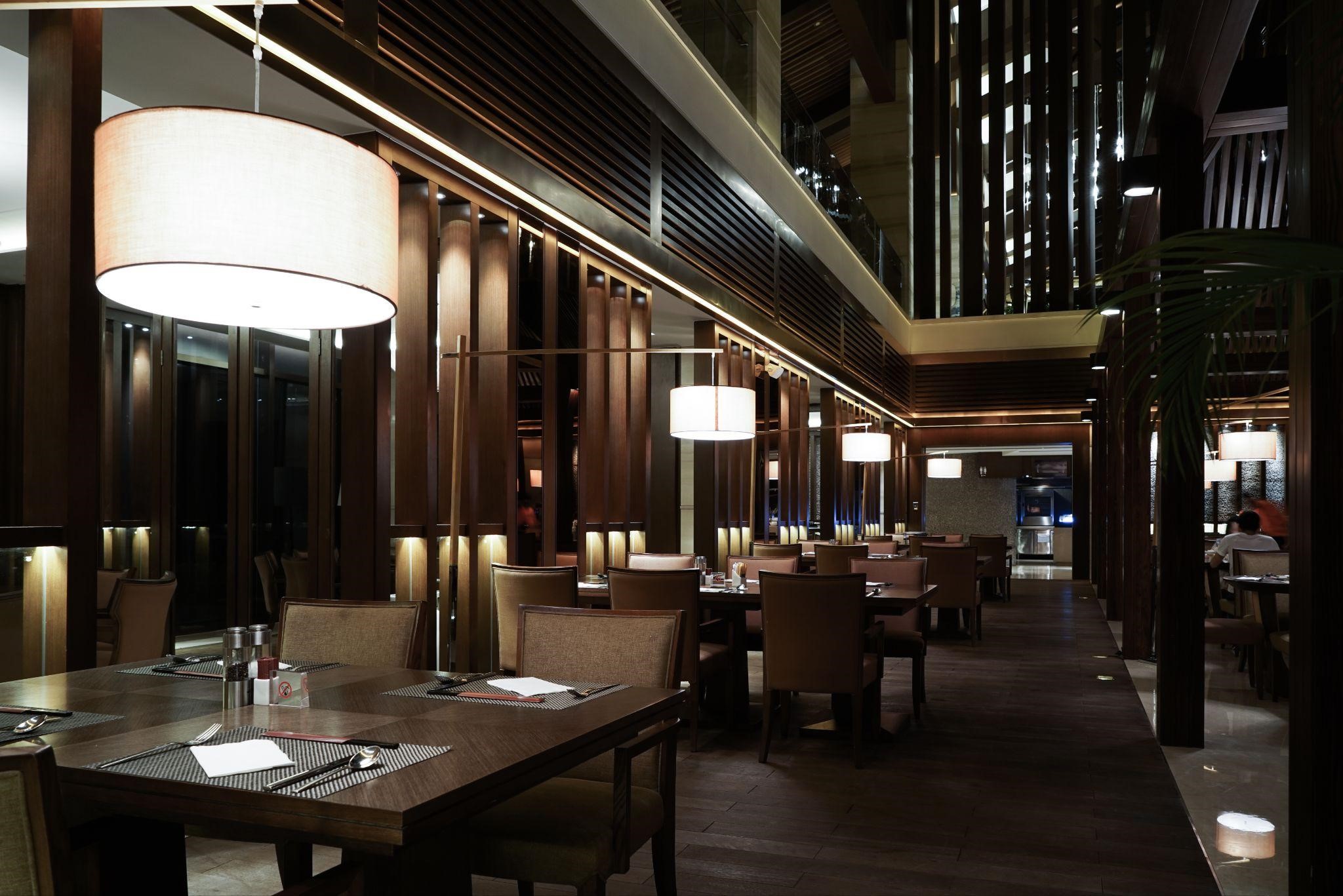
Clean lines, uncluttered spaces, and a focus on quality materials are hallmarks of modern restaurant design. Minimalism creates a sense of sophistication and elegance, allowing the food and service to take center stage. This approach works beautifully in luxury restaurant interior design, where subtle elegance and premium finishes elevate the dining experience without overwhelming the senses.
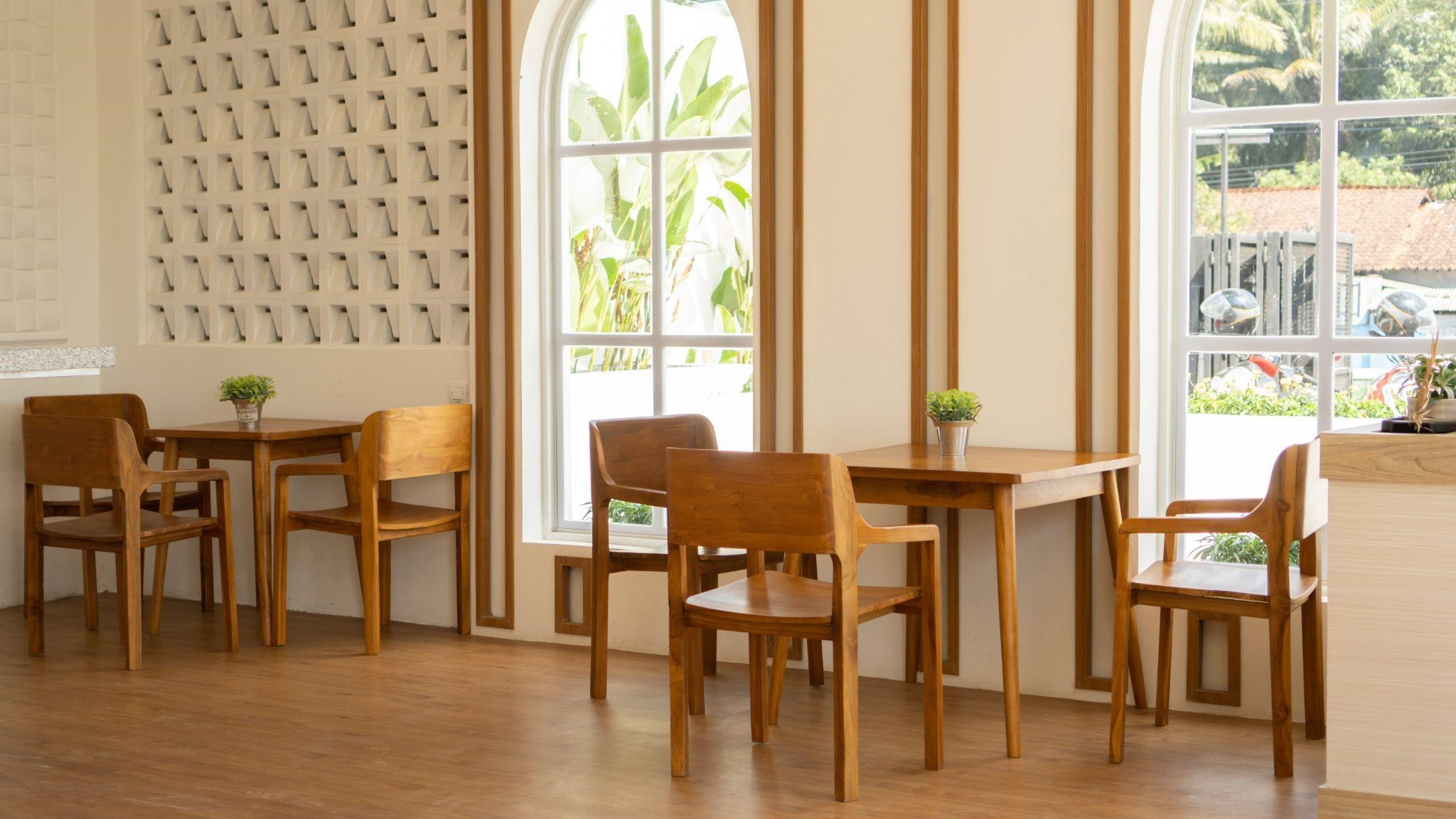
While minimalism is prevalent, bold color accents can add personality and vibrancy to a modern restaurant. Strategic use of color can create visual interest and complement the overall design scheme.
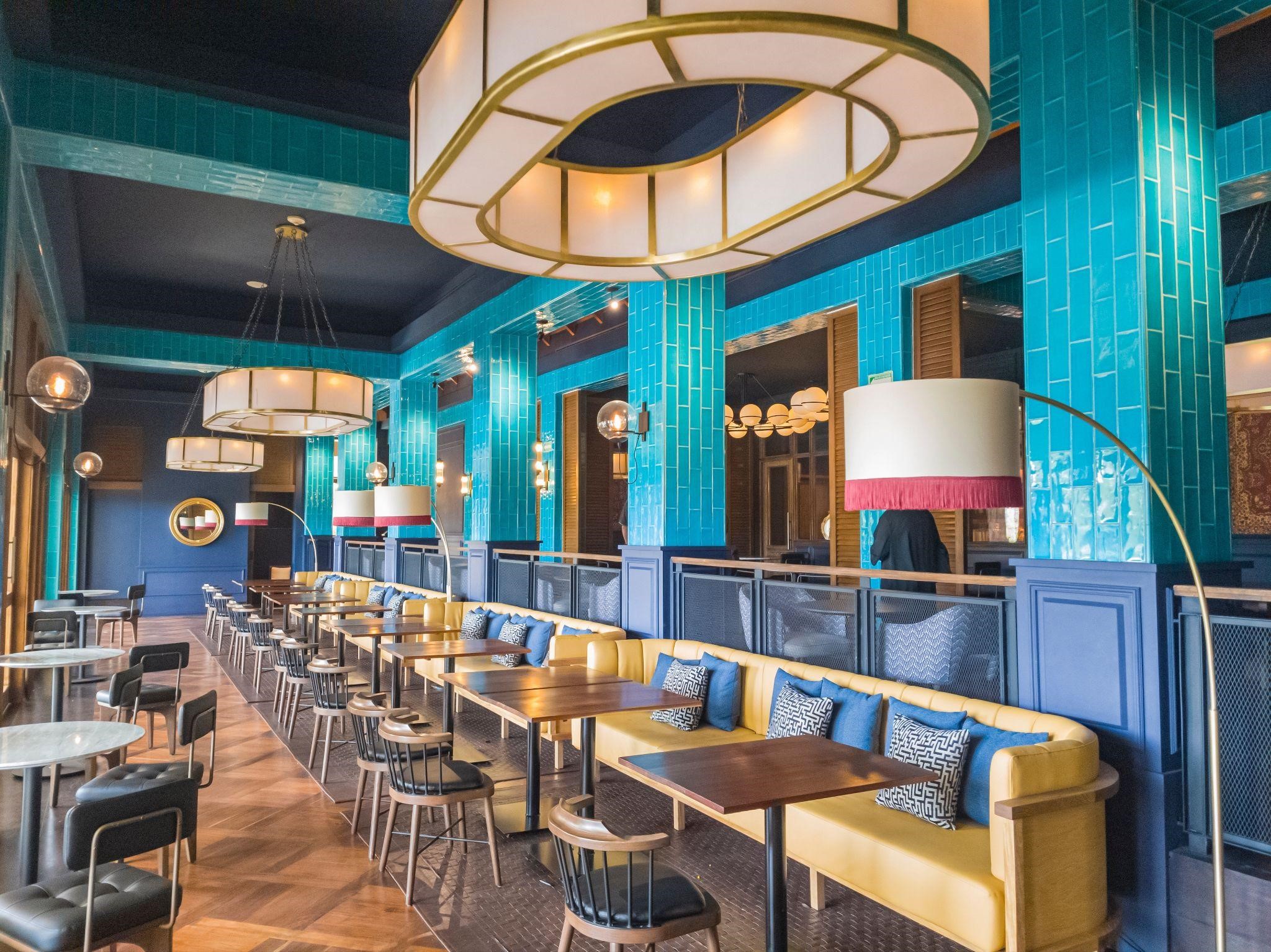
Offering a variety of seating options, such as communal tables, private booths, and bar seating, can cater to different customer preferences and create a more flexible dining experience. These layouts are part of evolving restaurant interior design trends that emphasize adaptability for both casual and fine dining settings.
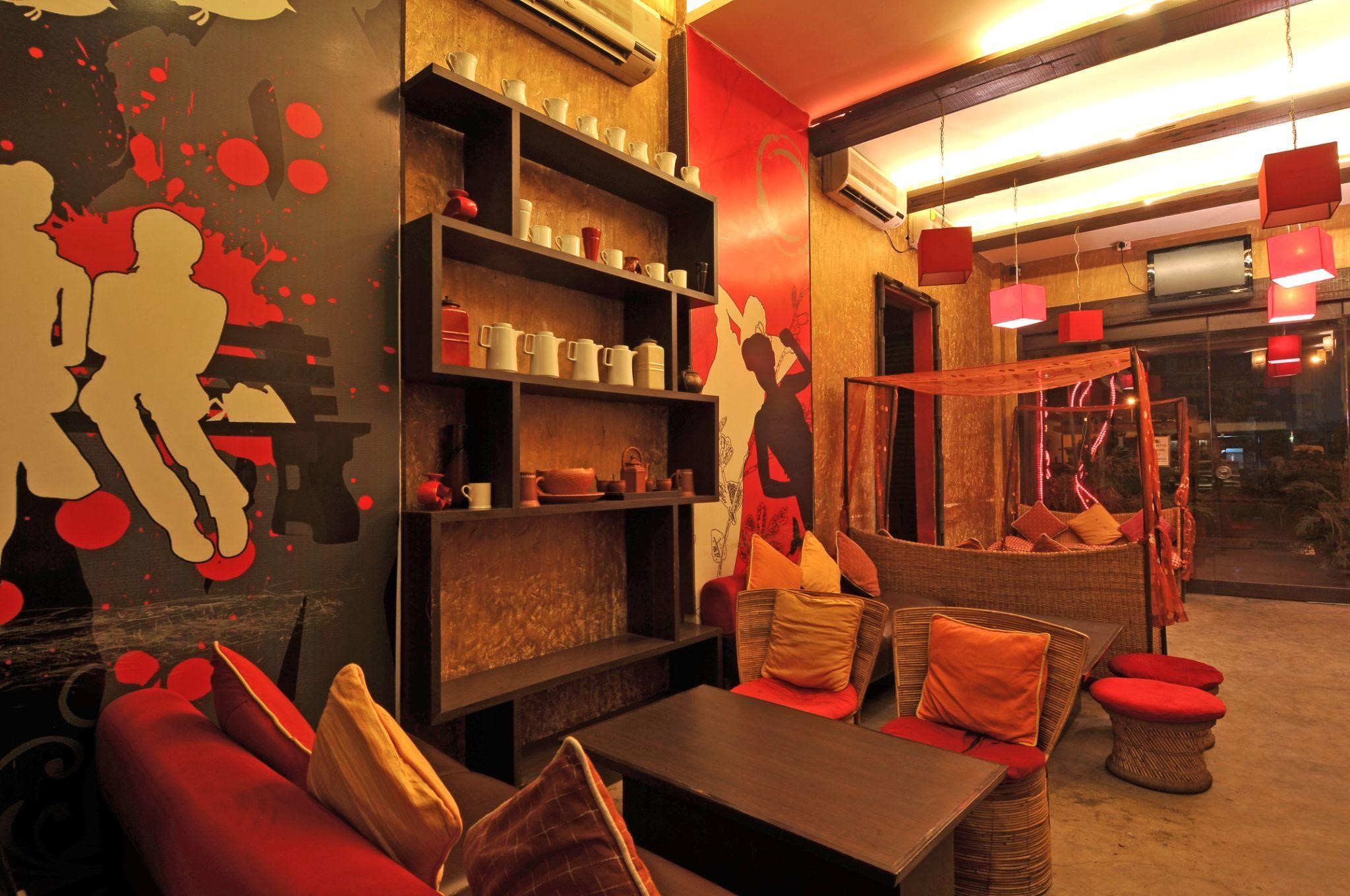
Modern restaurants are increasingly incorporating technology to enhance the customer experience. Self-ordering kiosks, digital menus, and mobile payments are becoming commonplace, offering convenience and efficiency.

While aesthetics are important, a modern restaurant must also be functional. The layout should be efficient, acoustics should be well-considered, and the design should be adaptable to accommodate various seating arrangements and special events.
The design of a restaurant should align with its target audience’s preferences. Working with a luxury interior designer in Mumbai ensures that restaurant design ideas are executed seamlessly, blending storytelling with function. For example, a family-friendly restaurant might prioritize comfortable seating and kid-friendly amenities, while a fine dining establishment would emphasize luxury and elegance.
As technology continues to advance and consumer preferences evolve, we can expect to see even more innovative and exciting restaurant designs in the future. From virtual reality experiences to sustainable materials, the possibilities are endless.
Modern restaurant design is about creating an environment that enhances the dining experience, reflects the brand identity, and operates efficiently. By embracing new trends and technologies while remaining true to their core values, restaurants can create spaces that leave a lasting impression on their customers.
Miam Miam:
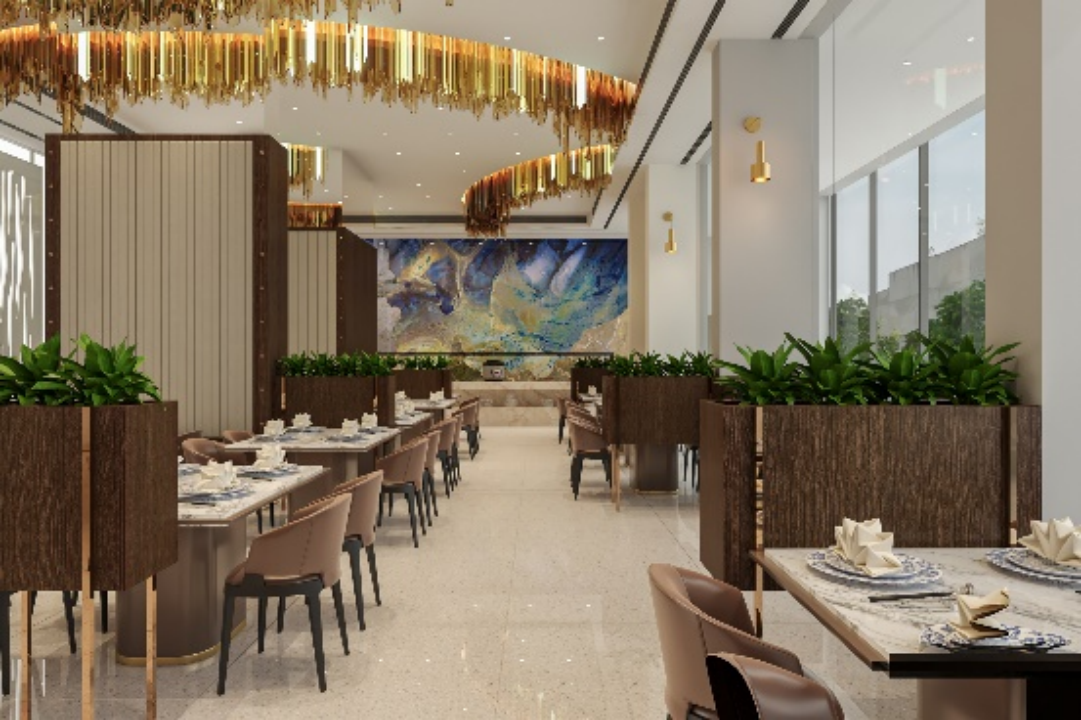
Volcano Bar:
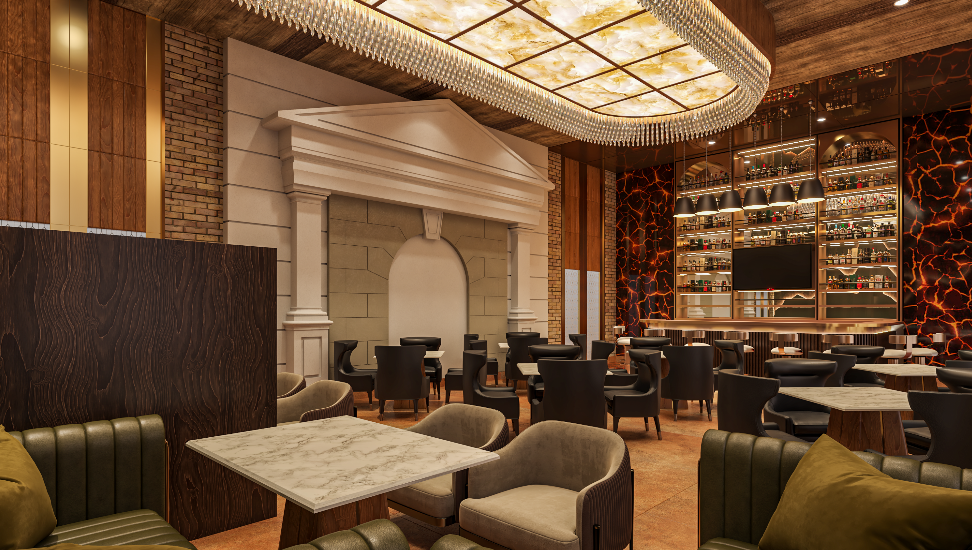
PALLET OF CHINA:
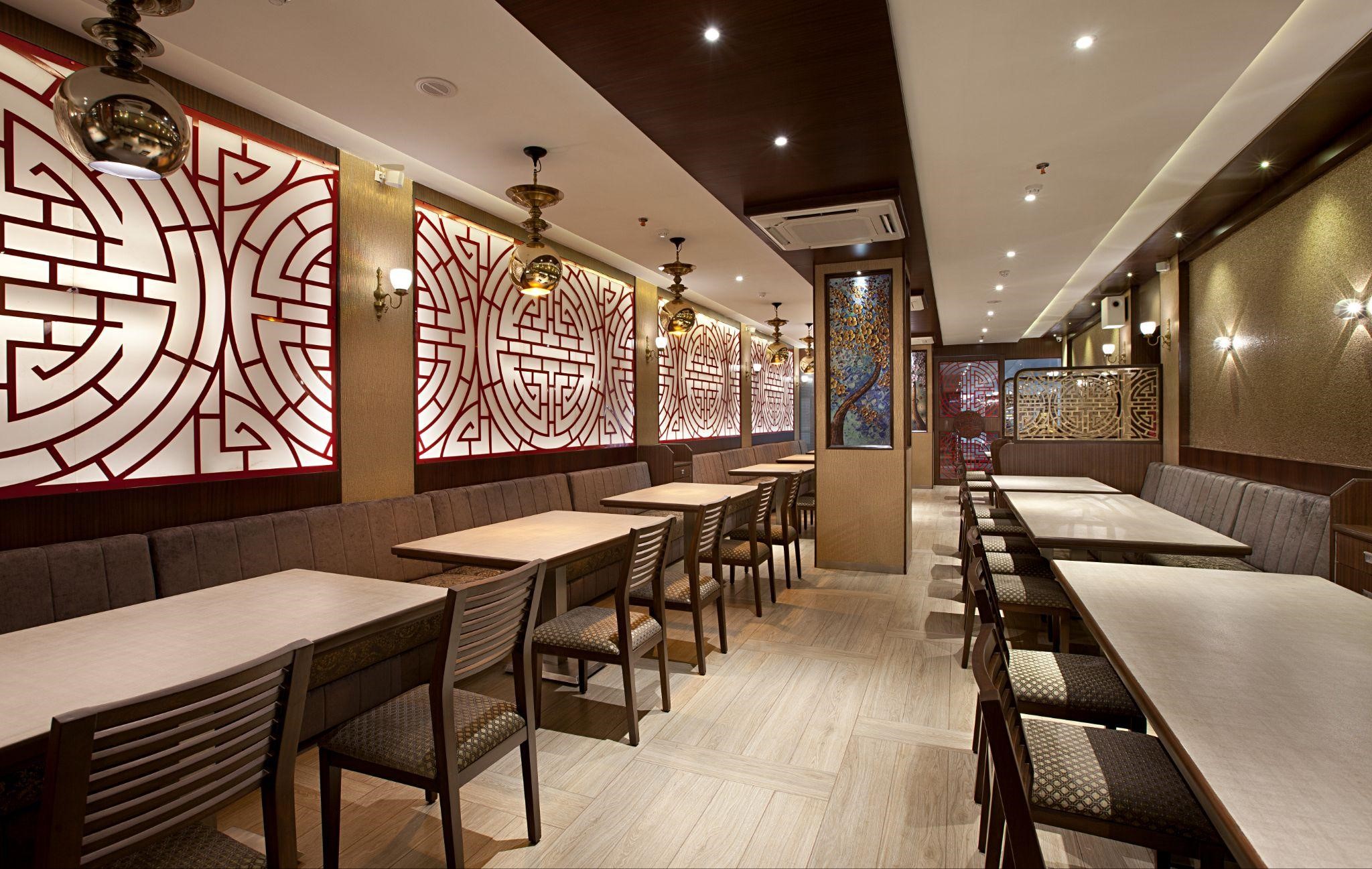
An overview of all considerations at design stage itself has created a space with a pleasant ambience and the added attraction of great food has led to an increase in diners.
As technology continues to evolve and consumer preferences shift, we can expect to see even more innovative and exciting restaurant designs in the years to come. Whether it’s the integration of virtual reality or the use of sustainable materials, the future of restaurant design is filled with endless possibilities. To explore tailored design concepts for your project, Contact us and bring your vision for modern restaurant interiors to life.
Modern restaurant design is a dynamic and multifaceted discipline that goes beyond mere aesthetics. It’s about creating an environment that enhances the dining experience, reflects the brand identity, and operates efficiently. As consumer expectations continue to rise, restaurants must stay ahead of the curve, embracing new trends and technologies while remaining true to their core values. By doing so, they can create spaces that not only attract customers but also leave a lasting impression, turning a simple meal into an unforgettable experience.

Founder and Principal Designer of Goldmine Project Consultant, established the firm in 1989 with a vision to “Think Beyond and Out of the Box.” With 34+ years of experience, he leads innovative, well-planned projects across Residential, Corporate, Healthcare, and Hospitality sectors, redefining Interior and Architectural excellence.
Error: Contact form not found.
